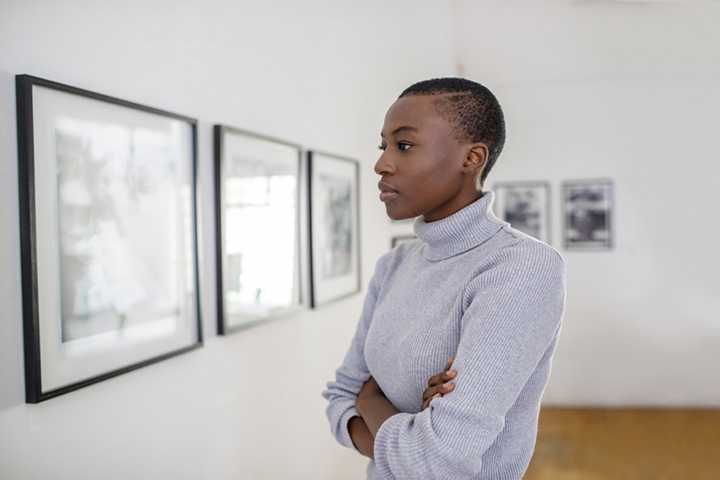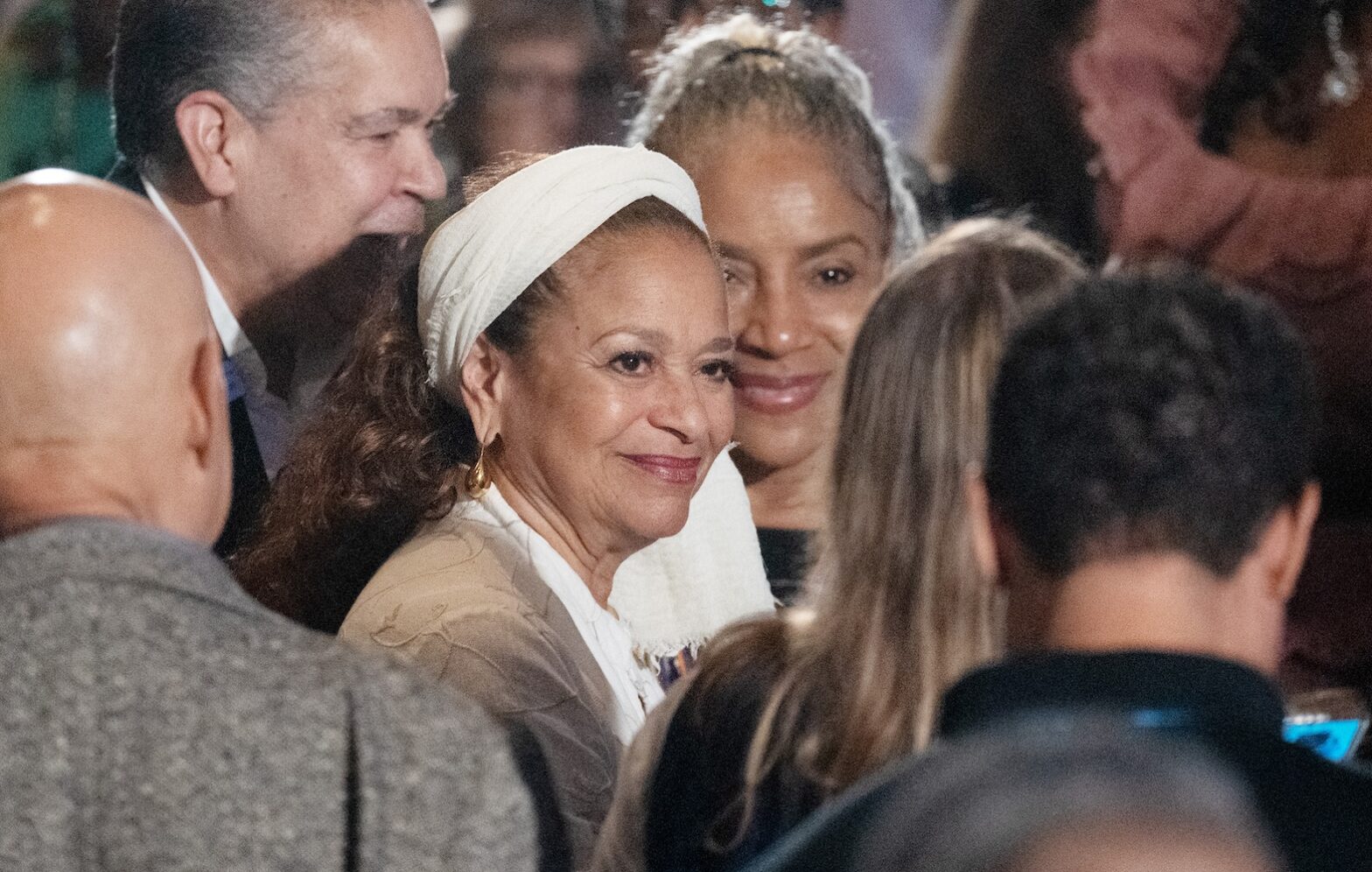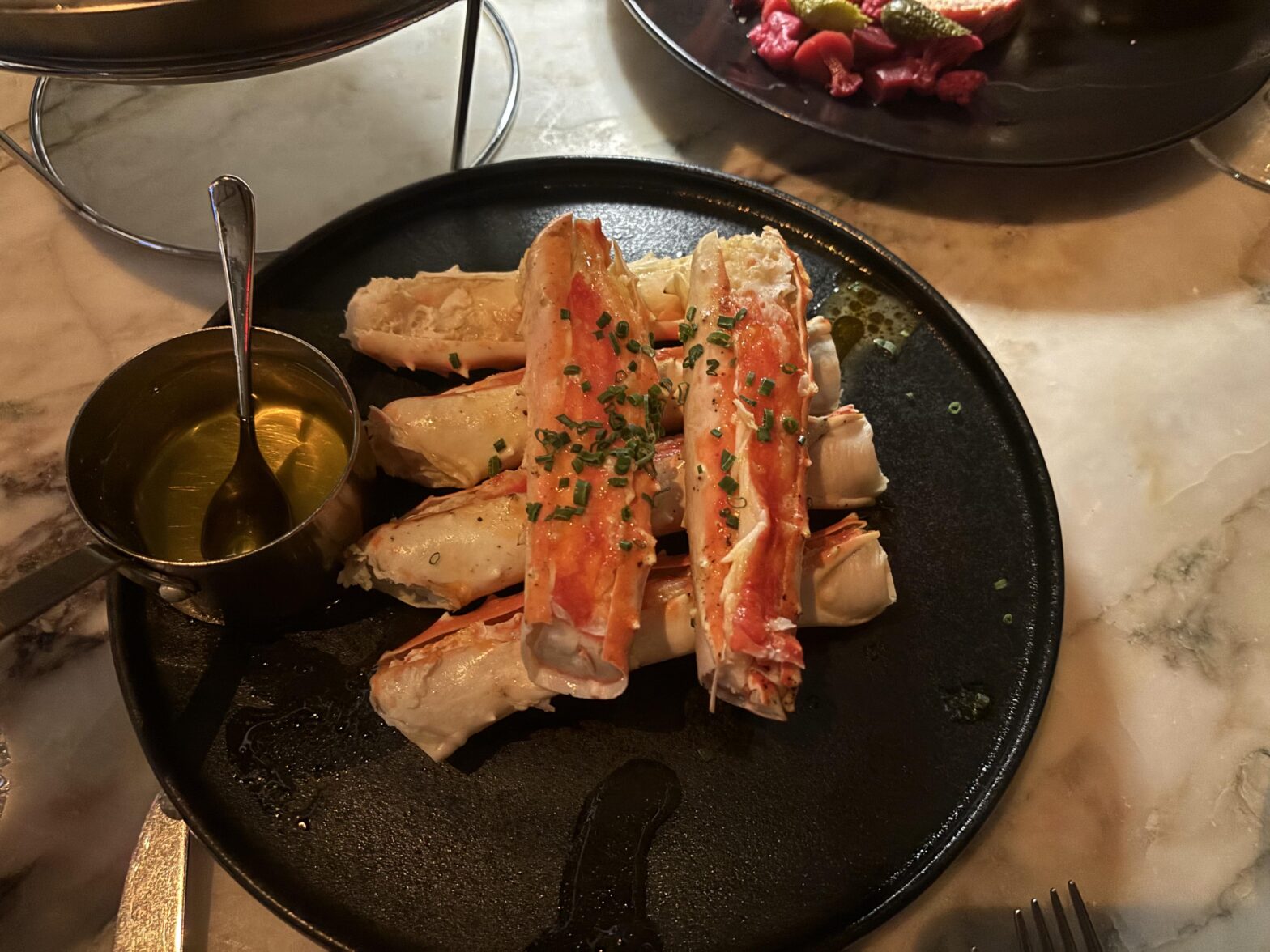These visual artists are taking the art scene to a new level. From Jamaica to Nigeria, these four women bare their souls to create famous and impactful imagery that is a gift to all of us.
Lynette Yiadom-Boakye
Lynette Yiadom-Boakye’s portraits of fictional figures famously inspired Solange’s “Don’t Touch My Hair” video. As her notoriety gains momentum, vice.com puts it best, “the South London-native born to Ghanaian parents paints what she knows best: the lives of Black women, men, and children in a moment of solitude or reveling in the group—and casts them in magical spaces that allow us to join them.” In The New Yorker, author Zadie Smith also noted, “The figures themselves are the basis for your fantasy, with their teasing, ambiguous titles, women dancing to unheard music, or peering through binoculars at objects unseen. They seem to have souls.”
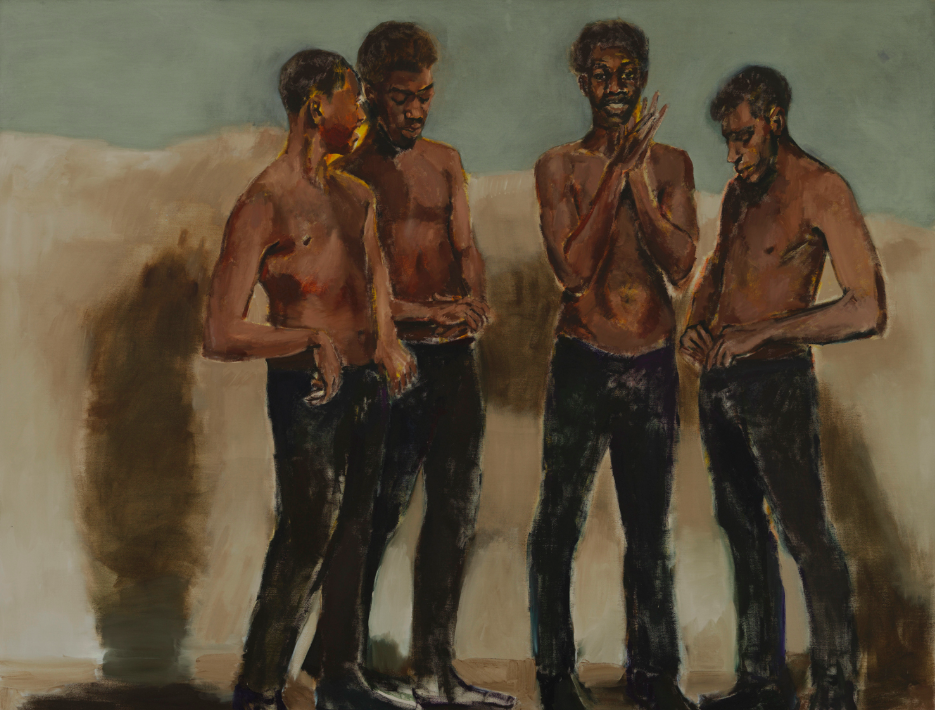
RELATED: Here Are The Black NYC Street Artists You Should Know
Toyin Ojih Odutola
At the age of 5, Toyin Ojih Odutola moved from her native Nigeria to the United States. She began drawing with pen at a young age and became fascinated with the possibilities that came with a simple tool and a singular hue. She recently told the Huffington Post, “Growing up in America as a Black individual you can walk into any room and your skin is the first read. From this reality, I treat the skin of my subjects as an arena to expose contradictions — to expand and constrict.”
Julie Mehretu
Ethiopian-born Julie Mehretu’s large-scale paintings draw inspiration from aerial mapping and architecture. According to theculturetrip.com, “With an underlying calligraphic complexity, Mehretu’s energetic pieces represent accelerated urban growth, densely-populated city environments, and contemporary social networks. Mehretu creates each painting by adding consecutive, thin layers of acrylic paint on canvas, finalizing her work with delicate, superimposed marks and patterns using pencil, pen, ink, and streams of paint. Mehretu’s work compresses time, space, and place.”
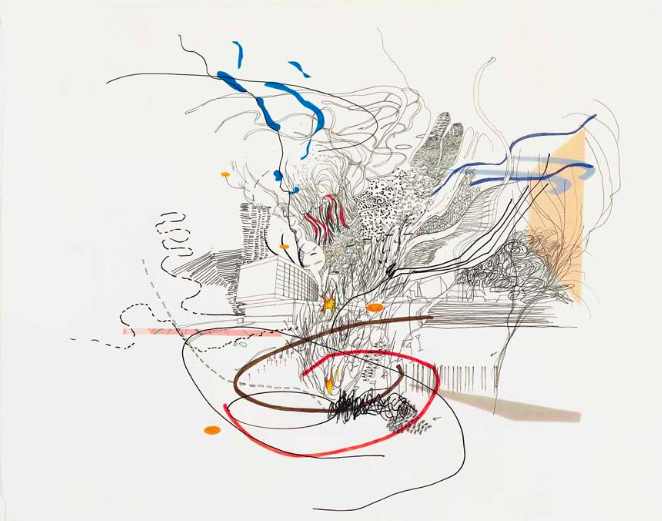
RELATED: Sights & Sounds: These UK Artists Are The Ones to Watch in 2019
Jamilah Sabur
Jamaican-born and now Miami-based, Jamilah Sabur uses performance, video, sculpture, and installation as her medium to explore the brutal history of colonialism and the continued oppression that follows independence. In a video titled, “A History of Massacre (How do you prepare yourself for the possibility of becoming invisible?)” Sabur says, “A hundred years after the U.S. occupation began, the désocupation has yet to come.”
